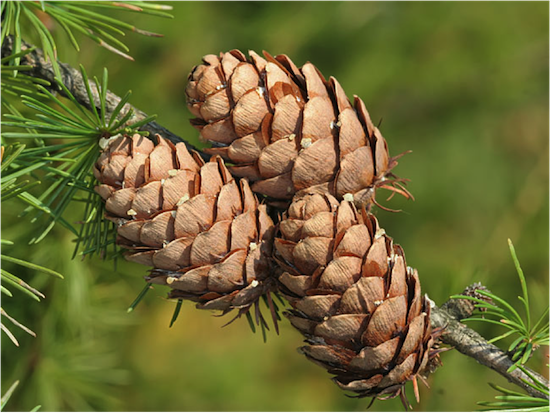
Gymnosperm Notes

The gymnosperms are a group of seed-producing plants that includes conifers, cycads, Ginkgo, and Gnetales. The term "gymnosperm" comes from a Greek composite word meaning "naked seeds", after the unenclosed condition of their seeds (called ovules in their unfertilized state). Their naked condition stands in contrast to the seeds and ovules of flowering plants (angiosperms), which are enclosed within an ovary. Gymnosperm seeds develop either on the surface of scales or leaves, often modified to form cones, or at the end of short stalks as in Ginkgo.
The gymnosperms and angiosperms together compose the spermatophytes or seed plants. By far the largest group of living gymnosperms are the conifers (pines, cypresses, and relatives), followed by cycads, gnetophytes, and Ginkgo (a single living species).
It is widely accepted that the gymnosperms originated in the late Carboniferous Period around 319 million years ago. Early characteristics of seed plants were evident in fossils of the late Devonian period around 380 million years ago. It has been suggested that during the mid-Mesozoic Era, pollination of some extinct groups of gymnosperms was by extinct species of scorpion flies that had specialized proboscis for feeding on pollination drops. The scorpion flies likely engaged in pollination mutualisms with gymnosperms, long before the similar and independent coevolution of nectar-feeding insects on angiosperms.